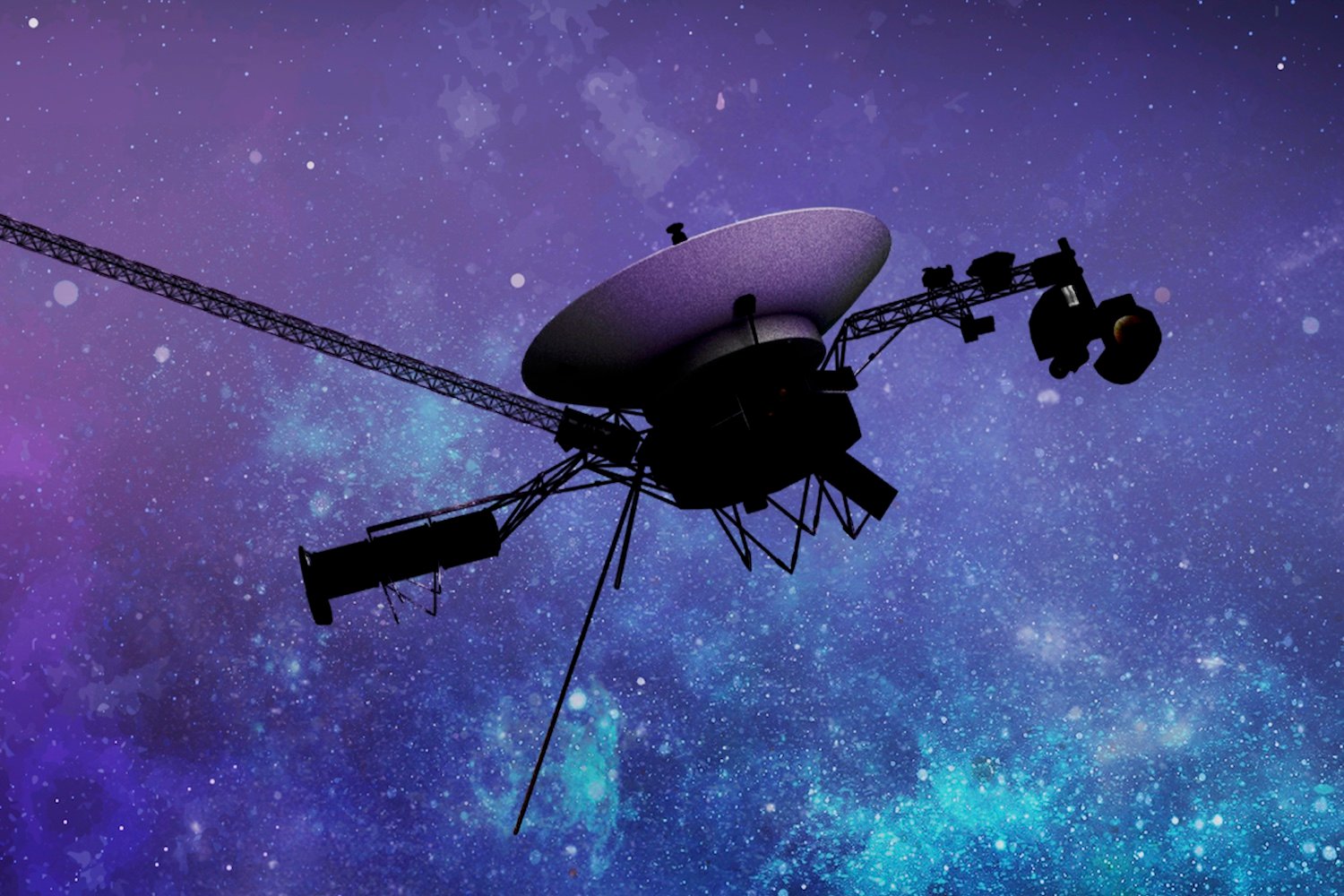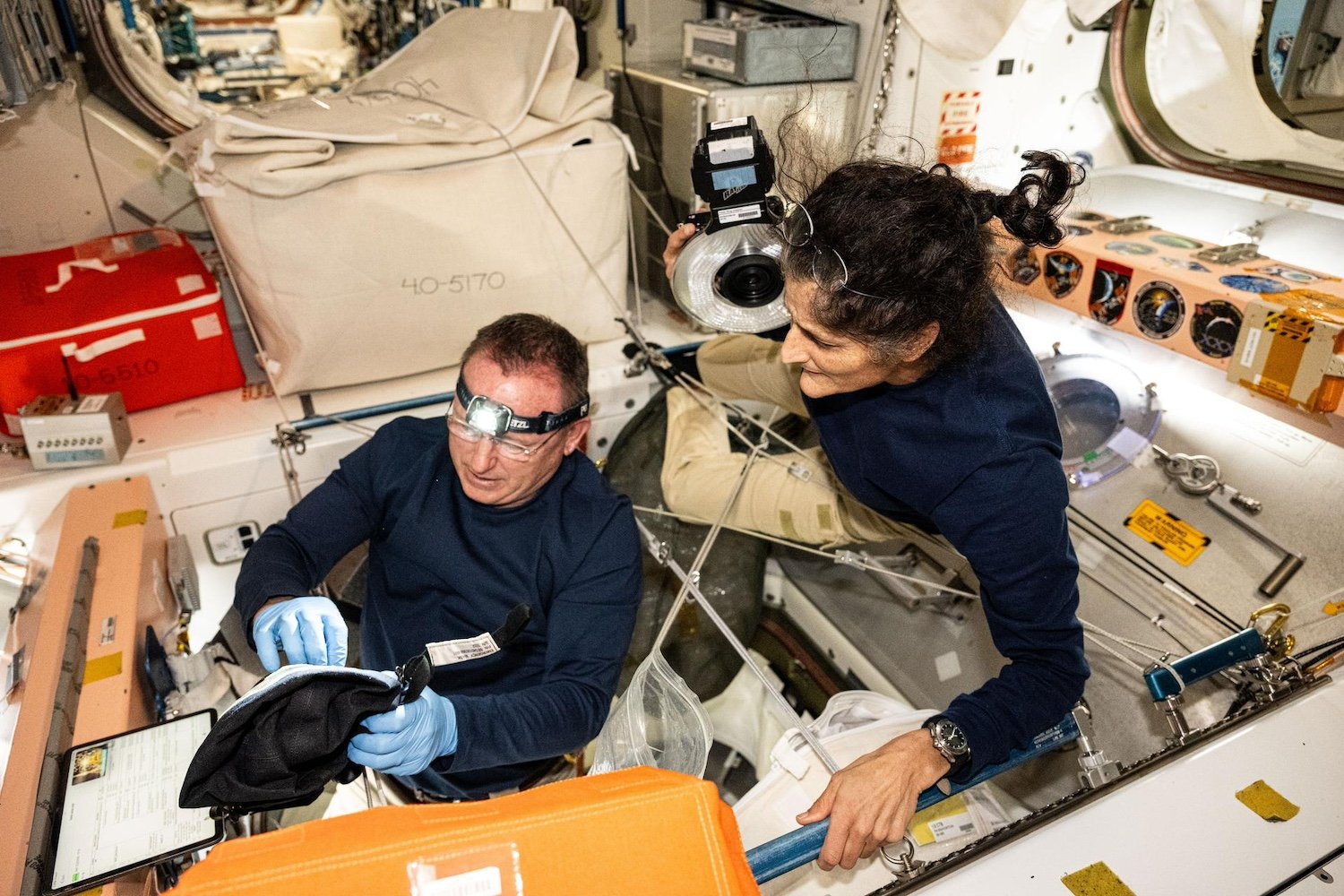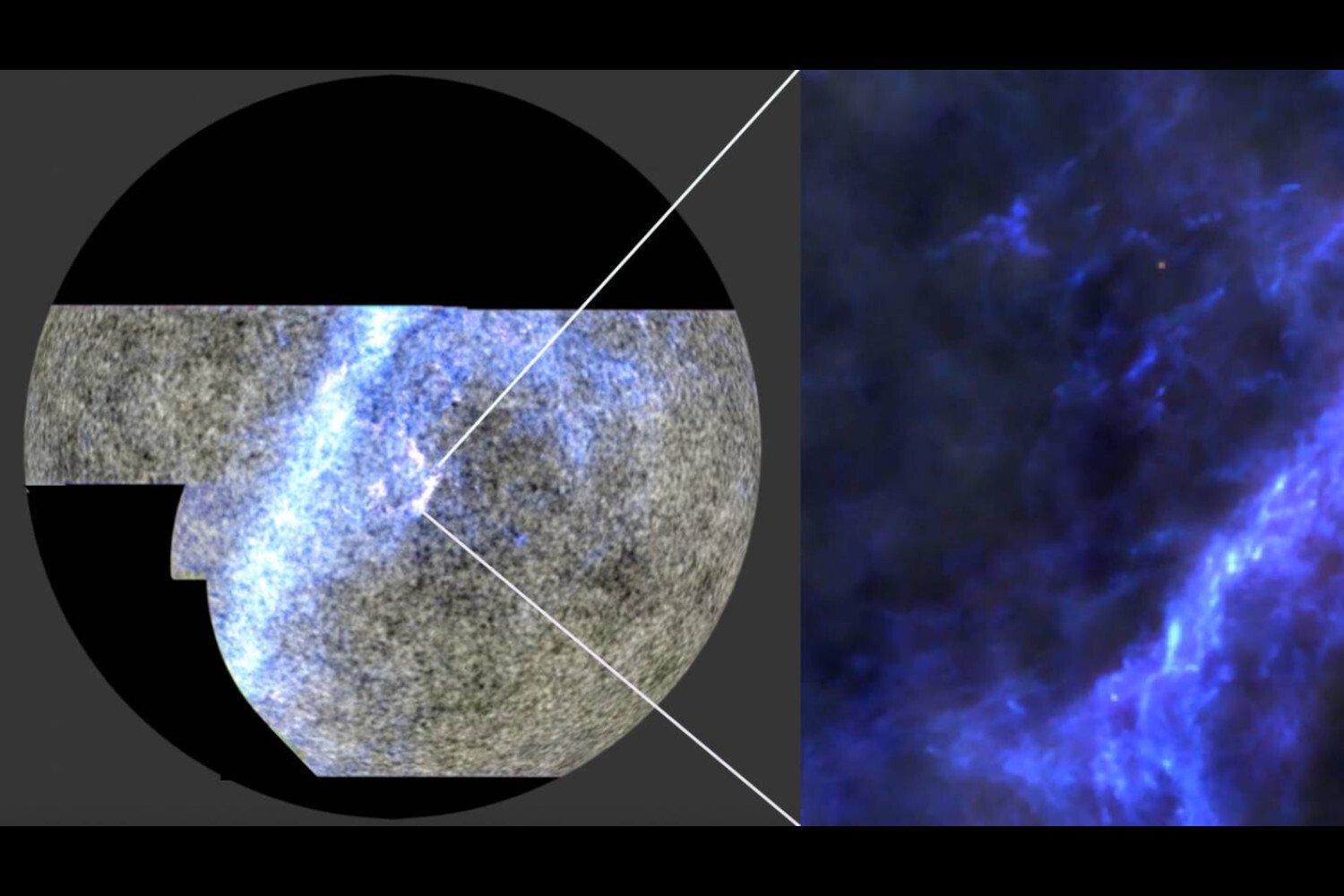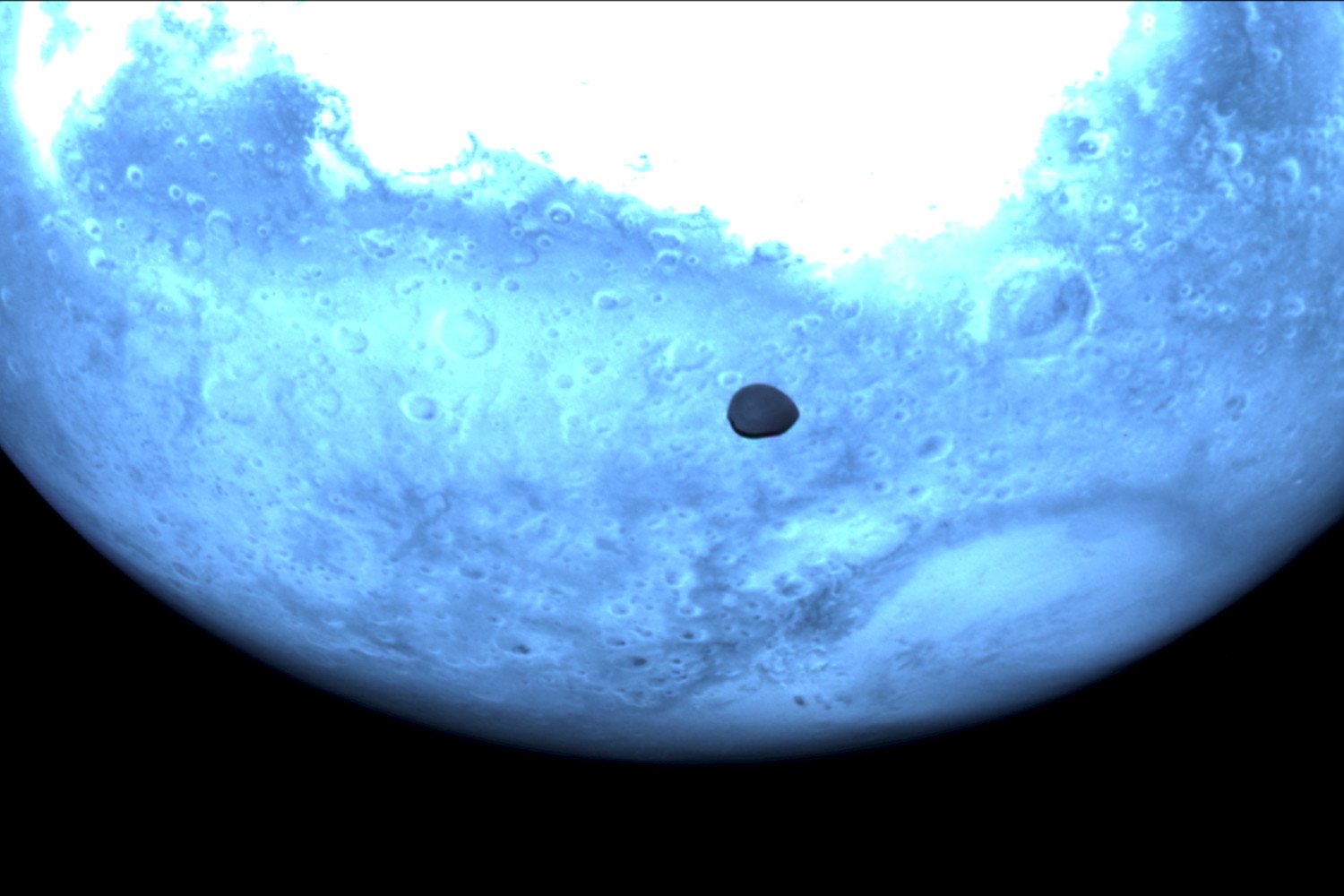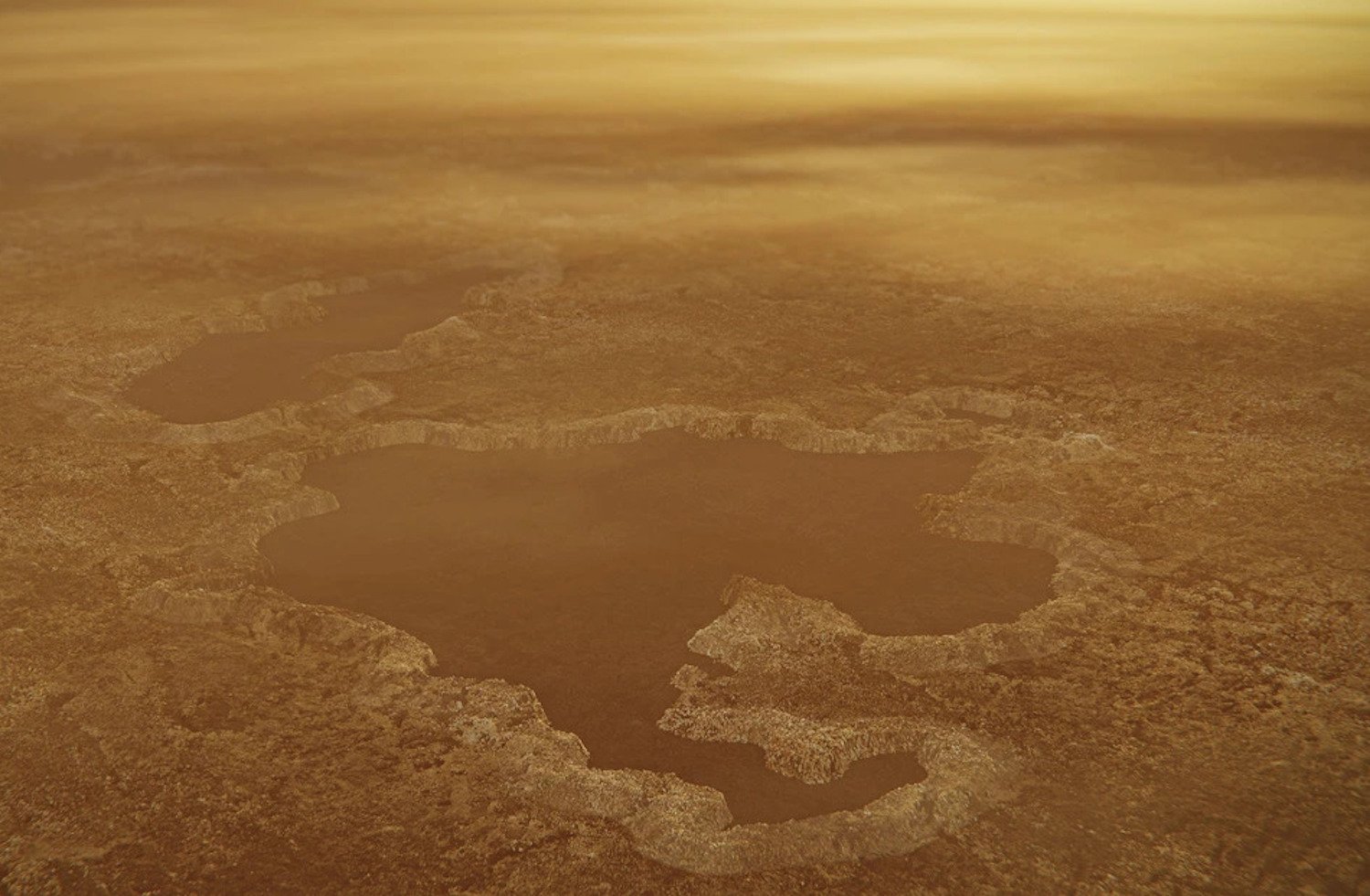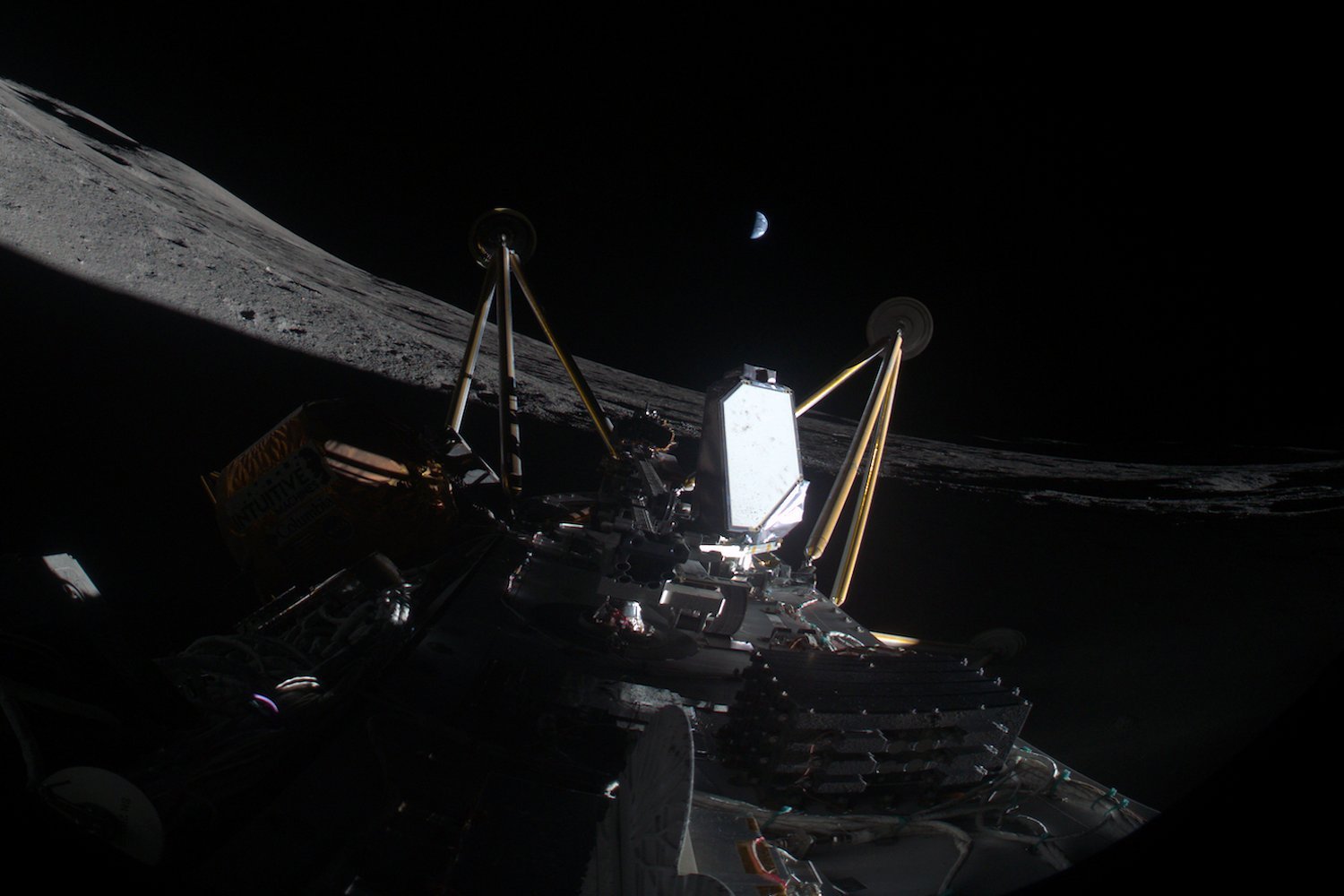The Voyager spacecraft, humanity’s farthest emissaries, have been traversing interstellar space for over 47 years, continuously gathering invaluable data about the cosmos. However, this extensive journey has taken its toll on the probes, and their power reserves are dwindling. To extend the lifespan of these iconic missions, NASA engineers are strategically deactivating science instruments on both Voyager 1 and Voyager 2.
This power-saving strategy, announced by NASA’s Jet Propulsion Laboratory (JPL), involves shutting down specific instruments on each probe. Voyager 1’s cosmic ray subsystem was deactivated on February 25, 2024, and Voyager 2’s low-energy charged particle instrument will be turned off on March 24, 2024. These measures are crucial for extending the missions’ operational life by approximately another year. Without this intervention, the probes might have ceased functioning within a few months. Unfortunately, this marks another chapter in the ongoing challenges faced by the Voyager probes, which have experienced several technical glitches in recent years.
“The Voyagers have achieved legendary status in space exploration, and we are committed to preserving their operation for as long as possible,” explained Suzanne Dodd, Voyager project manager at JPL. “However, their power supply is diminishing. Deactivating these instruments is necessary to ensure we can continue collecting valuable data for at least another year before potentially declaring the end of the missions.”
The Voyagers are powered by the heat generated from decaying plutonium, which is then converted into electricity. Each year, the spacecraft lose approximately 4 watts of power. To mitigate this power loss, the mission team has progressively deactivated non-essential systems, including several science instruments. Initially equipped with 10 scientific instruments each at launch in 1977, both Voyager probes now operate with only three. Some instruments were specifically designed for planetary flybys and were deactivated once their primary data collection was complete. Voyager 1 crossed into interstellar space in 2012, followed by Voyager 2 in 2018, marking their departure from the heliosphere, the protective bubble surrounding our solar system.
Following the planetary encounters, the remaining instruments focused on studying the heliosphere and interstellar space. In October 2024, Voyager 2’s plasma science instrument, which measured electrically charged atoms, was also deactivated to conserve power.
The recently deactivated cosmic ray subsystem on Voyager 1 consists of three telescopes designed to analyze cosmic rays by measuring their energy and flux. This data was instrumental in pinpointing Voyager 1’s exit from the heliosphere. Voyager 2’s low-energy charged particle instrument, scheduled for deactivation this month, measures various ions, electrons, and cosmic rays originating from our solar system and galaxy. Voyager 1 will retain its magnetometer and plasma wave subsystem, with its low-energy charged particle instrument slated for deactivation next year. Voyager 2 will continue data collection using its magnetic field and plasma wave instruments, while its cosmic ray subsystem is scheduled for shutdown in 2026.
“The Voyagers have significantly exceeded their initial mission of studying the outer planets,” stated Patrick Koehn, Voyager program scientist. “The continued data collection is not only a valuable bonus for heliophysics but also a testament to the exceptional engineering that has sustained the Voyagers for nearly 50 years.”
Voyager 1 launched on September 5, 1977, shortly after Voyager 2 on August 20, 1977. Voyager 1, taking a faster trajectory, exited the asteroid belt earlier than its twin, enabling close encounters with Jupiter and Saturn. During these flybys, Voyager 1 discovered two Jovian moons (Thebe and Metis), five new moons around Saturn, and Saturn’s G-ring. Voyager 2’s trajectory targeted the gas giants Jupiter and Saturn, along with the ice giants Uranus and Neptune.
Currently, Voyager 1 is over 15 billion miles (25 billion kilometers) from Earth, while Voyager 2 is over 13 billion miles (21 billion kilometers) away. With the current power conservation plan, NASA engineers anticipate the Voyager spacecraft could continue operating into the 2030s with one instrument each. “Every day, the Voyagers explore uncharted territory,” emphasized Linda Spilker, Voyager project scientist at JPL. “This constant exploration means each day could be their last.”



